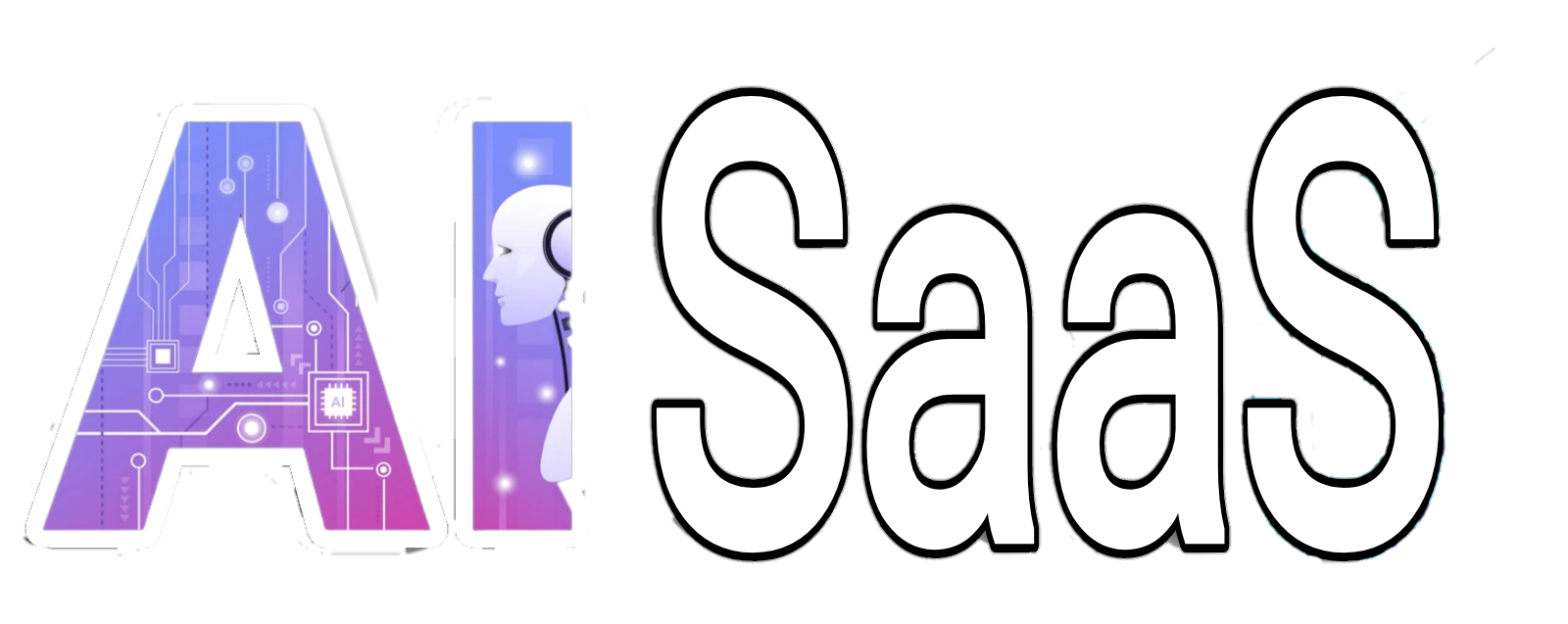
Predictive analytics can be defined as the forecasting of future trends and outcomes using historical data, statistical algorithms, and machine learning techniques. It is different from descriptive analytics, where the outcome is focused on the past, and diagnostic analytics, where the outcome explains “Why?” Predictive analytics 2025 looks forward to predict “What it is likely to happen.” Predictive analytics is important for businesses because it shows them an opportunity to anticipate what shifts in their market may happen, how their customers behave, and what problems may persist operationally to give them a competitive advantage.
Recent Developments in 2025
There have been several significant developments in predictive analytics through 2025, driven by technological improvements and dynamic market shifts:
Integration of AI and Machine Learning: Predictive analytics incorporating AI now makes use of machine learning to study and ingest vast amounts of data into real-time, continuous forecasting and decision making. This helps companies adapt to changing conditions. AI-centric predictive analytics, for instance, uses ML to digest incoming data streams and refresh real time forecasts, especially in unstable industries.
Market Changes: The market for predictive analytics is predicted to to reach over $95 billion by 2032, with a compound annual growth rate (CAGR) of about 23% from 2024-2032 (CIO.com – What is predictive analytics? Transforming data into future insights). These data establish the increasing importance of predictive analytics in business strategy, with a large part of this growth attributed to developments in predictive analytics in 2025.
Real-Time Predictions: Sophisticated technologies exist that allow data to be processed in real-time, meaning that the moment new data is generated, companies can instantly revise their forecasts. This is highly advantageous in fast-paced and time-sensitive industries like retail and finance.
Industry-Specific Uses: Predictive analytics is being tailored to suit the needs of the various industries, including health, finance, retail, and manufacturing. For instance, as part of the Business Continuity and Resilience Awareness Week (BCAW+R) 2025, which occurred on May 19, 2025, organizations exhibited how predictive analytics is being employed for forecasting risks and scenario planning to improve resilience strategies (Forecasting the future: BCAW+R 2025 opens with predictive analytics in focus). The event focused on AI’s ability to identify emerging threats and as well as making quicker and better-informed decisions.
These developments represent a new and transformative direction for predictive analytics in 2025 which will make it an essential component of business forecasting.
Business Applications of Predictive Analytics
Predictive analytics supports a multitude different types of business functions and helps an organization prepare for tomorrow’s challenges. The key applications are summarized in the table below.
| Business Function | Application of Predictive Analytics | Example Use Case |
|---|---|---|
| Marketing | Forecast customer behavior, optimize campaigns, personalize experiences | Predicting response rates for promotional offers |
| Operations | Predictive maintenance, optimize supply chain, improve efficiency | Forecasting equipment failures to reduce downtime |
| Finance | Risk assessment, fraud detection, forecast financial performance | Predicting credit risks for loan approvals |
| Supply Chain | Demand forecasting, inventory optimization, logistics efficiency | Predicting demand to minimize stockouts |
Each of these applications describe some of the opportunities predictive analytics can afford for creating efficiency, reducing costs, and increasing competitiveness in every aspect of a business. For example, companies are currently using these insights from historical data to identify trends in marketing practices, and can select the best strategies to use to maximize both engagement and conversion rates. In retail and consumer packaged goods firms are using data visualization techniques to asses the value of promotional campaigns from years past.
Tools for Predictive Analytics 2025
In 2025, businesses can choose from a range of higher-end predictive analytics tools, all designed to make it easier to build and deploy forecasting models. The following table shows several of the best tools, based on a TechTarget article on predictive analytics tools (8 Top Predictive Analytics Tools for 2025):
| Tool Name | Description |
|---|---|
| Altair AI Studio | Platform for advanced analytics and AI modeling, ideal for integrating predictive analytics |
| Alteryx AI Platform | Combines data preparation, analytics, and AI, accessible for non-technical users |
| Dataiku | Collaborative data science platform for building, deploying, and managing models |
| H2O Driverless AI | Automates machine learning model-building for faster, accurate predictions |
| IBM Watson Studio | Comprehensive platform for building, training, and deploying ML models |
| Microsoft Azure ML | Cloud-based platform supporting the entire lifecycle of predictive analytics |
| SAP Analytics Cloud | Integrates BI, planning, and predictive analytics for unified data-driven decisions |
| SAS | Robust suite for advanced analytics and AI, focused on enterprise-scale modeling |
These tools allow businesses to use predictive analytics without requiring a seasoned data science professional, allowing greater accessibility to advanced forecasting capabilities.
Case Studies
Real-world examples demonstrate the operational effects of predictive analysis in business forecasting. There will be case studies, from the DigitalDefynd 2025 business analysis case studies (25 Business Analytics Case Studies [2025]), that demonstrate such actionable results of predictive analysis:
Example 1 – Predictive Maintenance and Quality Control at Toyota: Toyota uses IoT sensors and AI-powered predictive analytics tools to monitor manufacturing equipment in real-time. By predicting operating failures, Toyota has minimized downtime, quality control issues, and waste, to enhance operational efficiencies.
Example 2 – Health Optimization with IoT Analytics from Fitbit: Fitbit uses data from its wearable devices to create personalized insights into the user’s health. This is achieved by examining the user data and predicting health trends. Fitbit creates tailored suggestions and health plans based on its predictions. The individualized engagement will say more about being satisfied and fulfilling expectations and can be thought of as indirect support for operational forecasting for engagement in health products & services.
Example 3 – Supply Chain Planning with AI at Amazon: Amazon created their own innovation in forecasted demand and routing within their supply chain to use AI to be predictive instead of reactive. Logistics stockouts were improved, time to delivery for customers was lessened, and shipping costs were reduced. Operational forecasting using predictive analysis is bar set for e-commerce and logistics.
These case studies reflect the various applications of predictive analytics and its potential to deliver real business results, especially with forecasting and using predictive analytics to optimize operations.
Future Outlook for Predictive Analytics 2025
Above and beyond 2025, we can predict that predictive analytics will evolve further, especially with the contribution of AI (e.g. natural language processing, computer vision) to create more complex models from unstructured data (e.g. text and image data) and more automated systems that allow businesses to make decisions by following the predictions, amongst other things, but to drive improved efficiencies and processes.
The growing complexities and volume of data will continue to make predictive analytics integral for businesses as they innovate, develop, and find positions competitively as endorsed by market trends and reports indicating that organizations embracing these approaches and technologies will be take up certain uncertainties, enable opportunities, and champion long-term sustainable growth.
Final Thoughts
In retrospect, what we see in the route from predictive analytics and business forecasting to 2025 is the fusion of more powerful AI, real-time capabilities, and fast-year adoption across industries. Companies in every insdustry – marketing, operations, finance, and supply chain management – are using predictive analytics to seize on providing themselves a competitive advantage. Companies are now, more than any previous time, able to make use of predictive analytics, with tools such as Altair AI Studio, Alteryx, and Dataiku; hence, anyone, including a non-technical person, is now capable of utilizing the power of forecasting analytics in their strategy. We see examples of predictive analytics, including Toyota’s preventive maintenance, predictive analytics supply chain for Amazon, and analyzing the hundreds of thousands of shipments of supply globally already providing transformational ways for organizations to harness data.
Moving forward, predictive analytics will only improve – providing greater and more usable actionable the insights predictive analytics provide. Organizations that enable space for these technologies to mature and take root will be more effective at being able to navigate future than those who fail to embrace predictive analytics.
Read now AI Video Upscalers 2025
